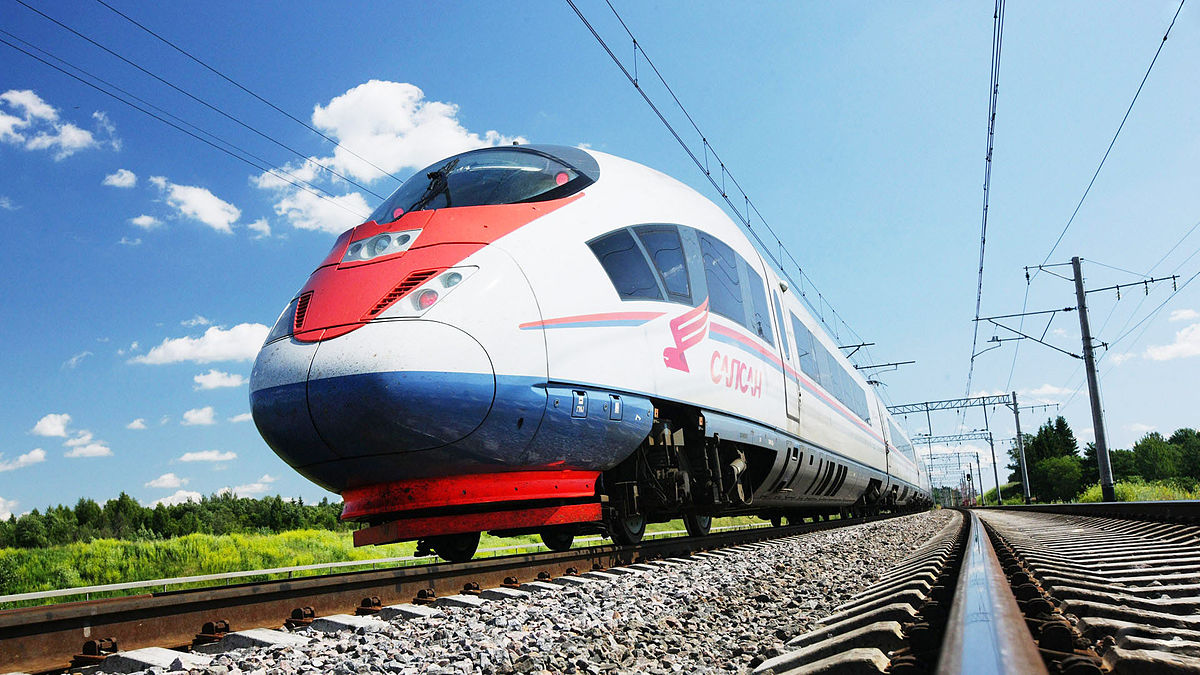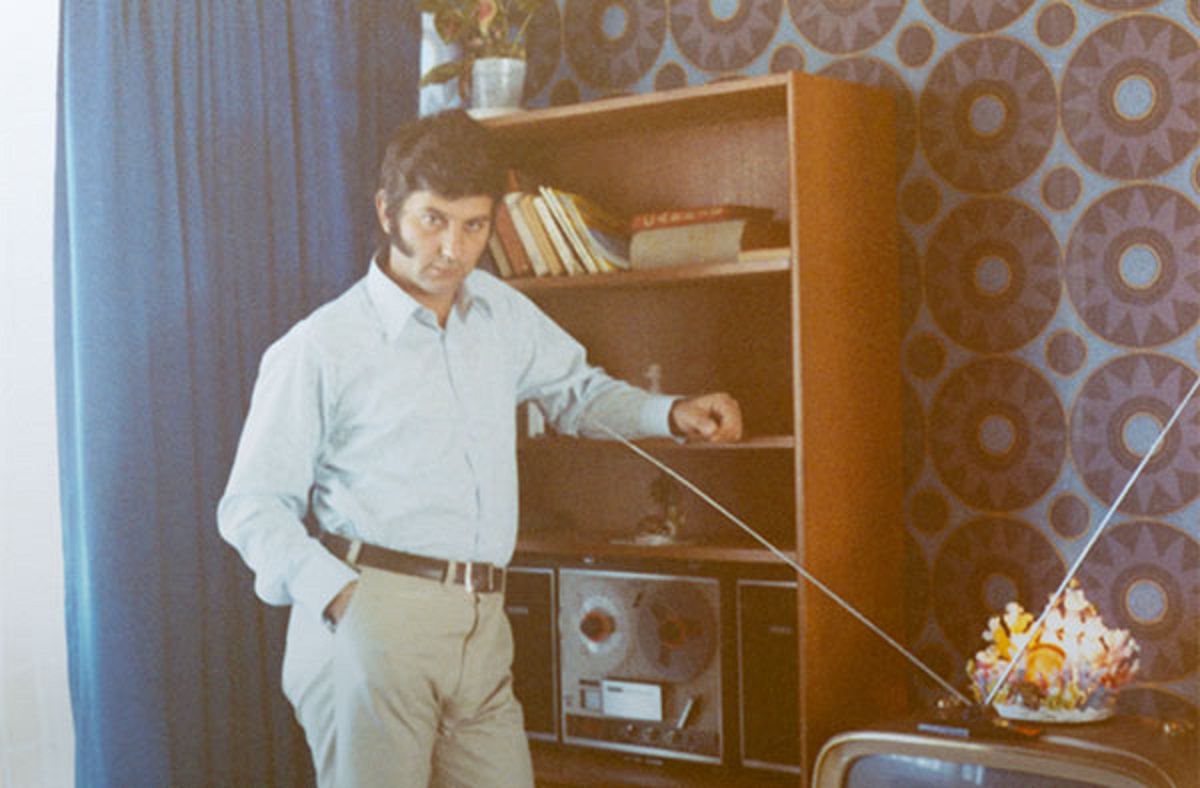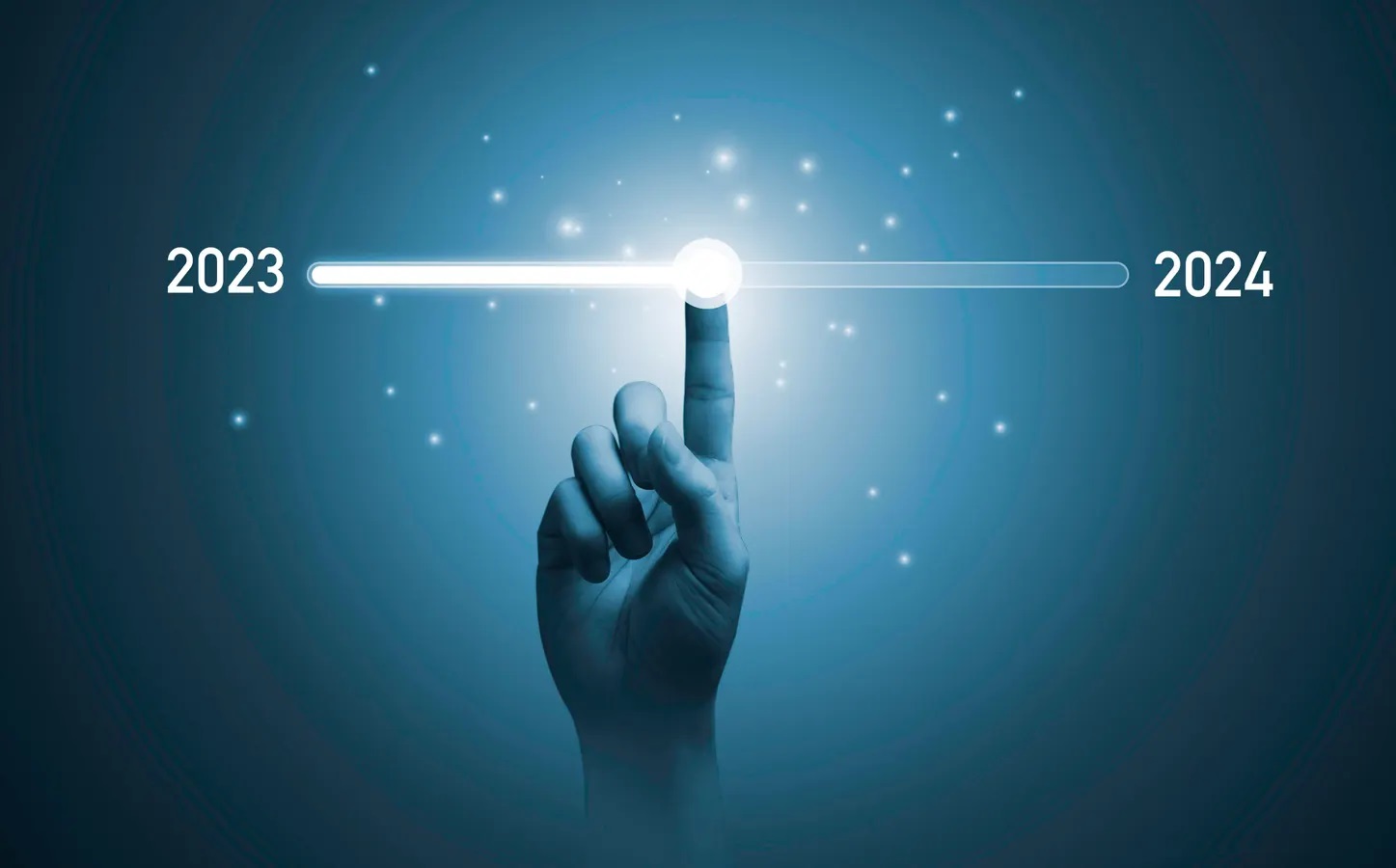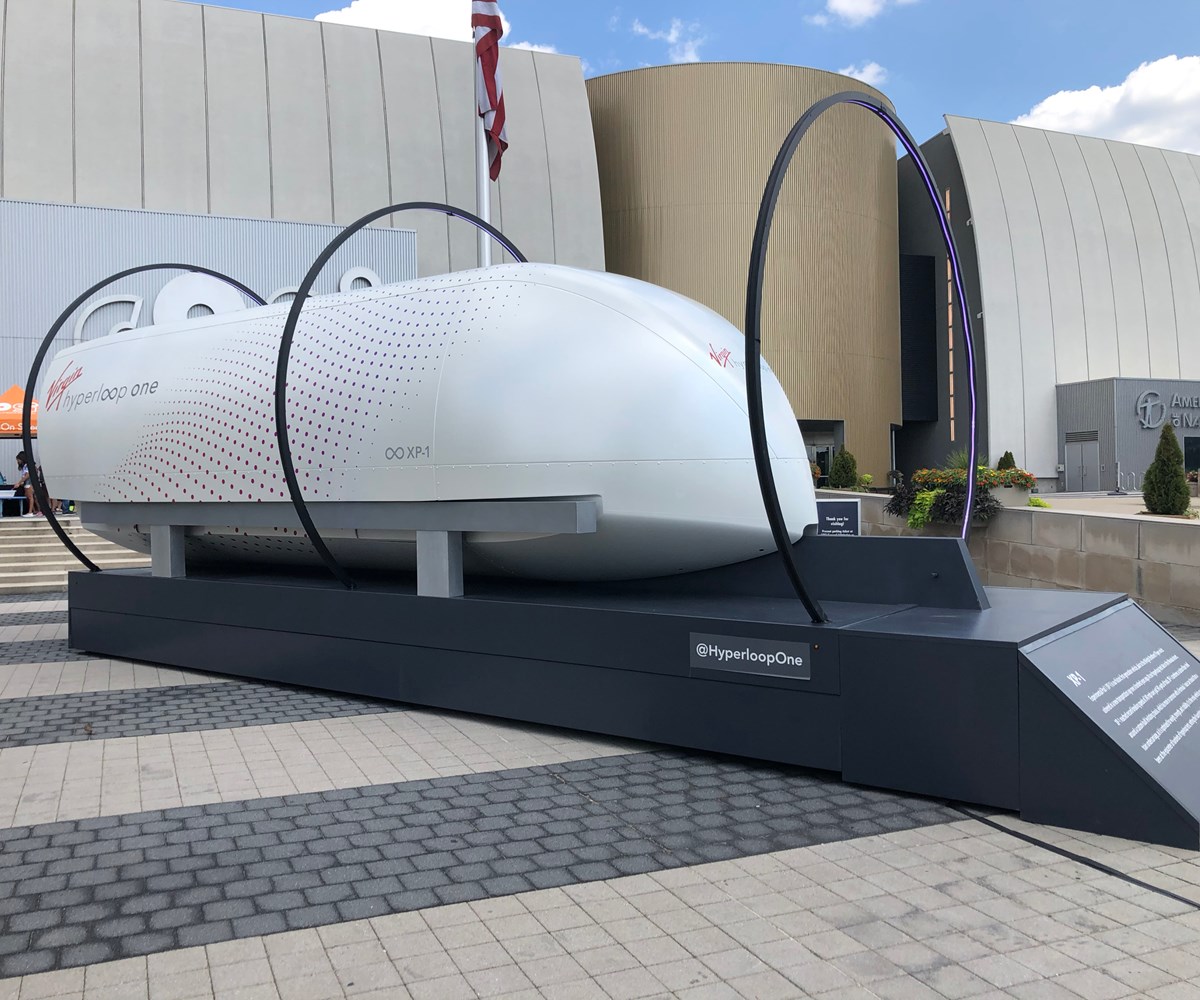In 2013, Elon Musk introduced the concept of the hyperloop, a revolutionary transportation system that could potentially transport individuals from Los Angeles to San Francisco in just 35 minutes. This idea, which emerged from Musk’s disdain for California’s proposed high-speed rail system, captivated the public’s imagination. However, after a decade of anticipation, the prominent startup endeavoring to actualize Musk’s vision, Hyperloop One, is shutting down. This news comes shortly after the Biden administration’s announcement of a $6 billion investment in high-speed rail initiatives throughout California.
Key Takeaway
The closure of Hyperloop One signifies a shift in focus towards high-speed rail initiatives, reflecting a growing momentum in the advancement of public transportation infrastructure.
The Rise of High-Speed Rail
The demise of Hyperloop One marks a significant triumph for proponents of public transit, particularly those advocating for enhanced rail services. While the recent allocation of funds by the Biden administration signifies a major victory for high-speed rail and various rail projects nationwide, it also underscores the challenges that lie ahead.
Challenges and Opportunities
Despite the allure of the hyperloop concept, numerous cities and states were enticed by its promises and subsequently left in limbo when initiatives failed to materialize. The collapse of Arrivo, a hyperloop startup, exemplifies this trend, leaving governmental entities unaware of its demise. Similarly, Hyperloop One’s unfulfilled commitments, such as the proposed test and certification facility in West Virginia, have raised concerns about the feasibility of hyperloop projects in the United States.
Conversely, the focus on advancing the country’s rail infrastructure, particularly with an emphasis on faster trains, has gained momentum. Brightline, a prominent player in this arena, has extended its services in Florida and is spearheading the development of a high-speed rail network between Los Angeles and Las Vegas. Notably, this project has received substantial funding from the Biden administration and is slated to commence construction in early 2024.
Overcoming Hurdles
While financial investment is crucial, the success of high-speed rail initiatives hinges on addressing deep-seated challenges stemming from years of deregulation. Furthermore, the timely and cost-effective execution of large-scale projects remains a formidable obstacle. The allocation of $3 billion to the high-speed rail project in California underscores the enduring significance of this mode of transportation, despite initial opposition from Elon Musk.
The Future of Transportation
As high-speed rail gains traction, the question arises as to whether it may provoke renewed interest from Elon Musk, who has historically championed the hyperloop concept. Musk’s sporadic engagement with hyperloop projects, coupled with the recent closure of Hyperloop One, suggests that the future of transportation may increasingly align with high-speed rail initiatives. As Musk’s attention appears divided among various ventures, the resurgence of high-speed rail presents a compelling alternative that warrants further exploration and investment.

























